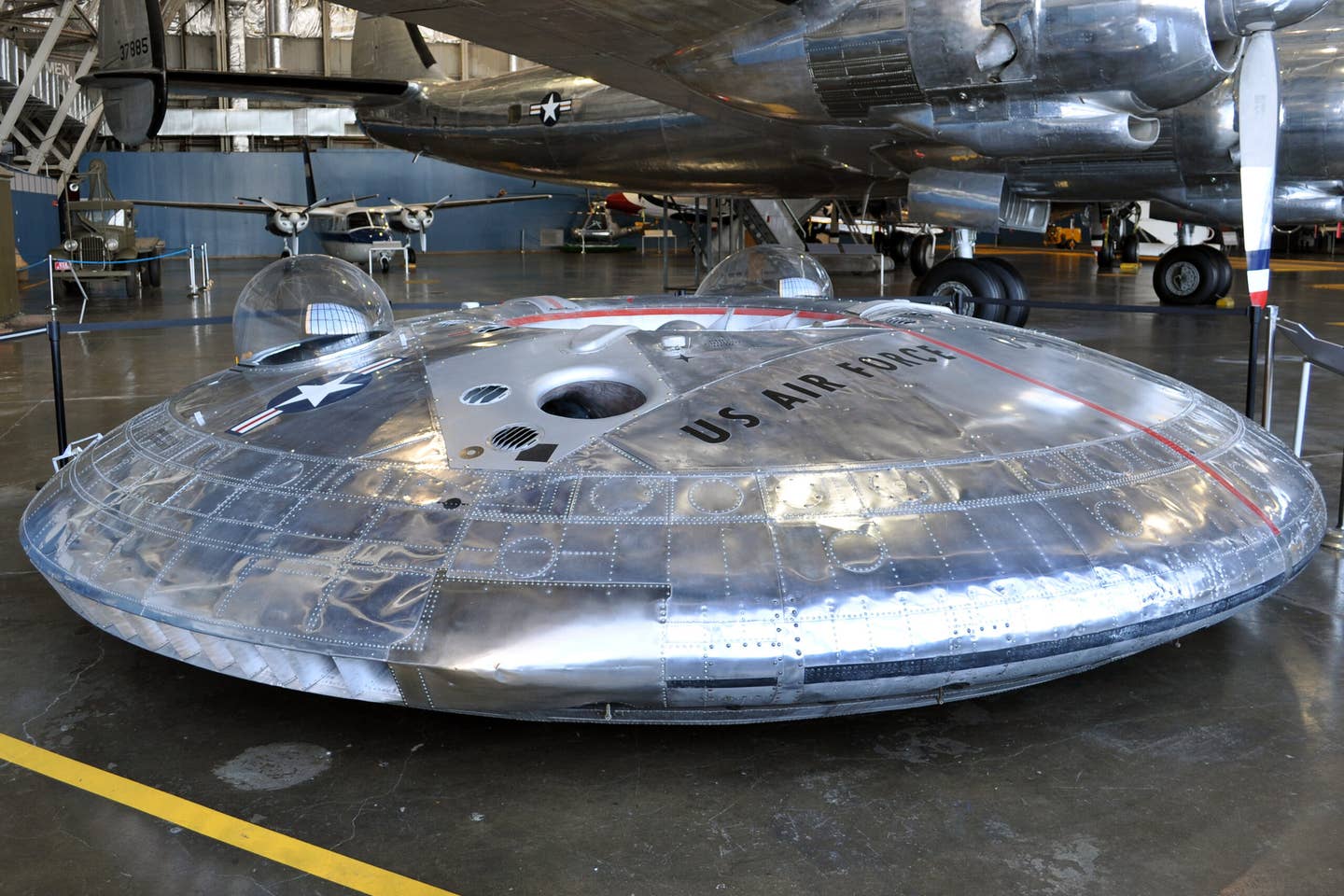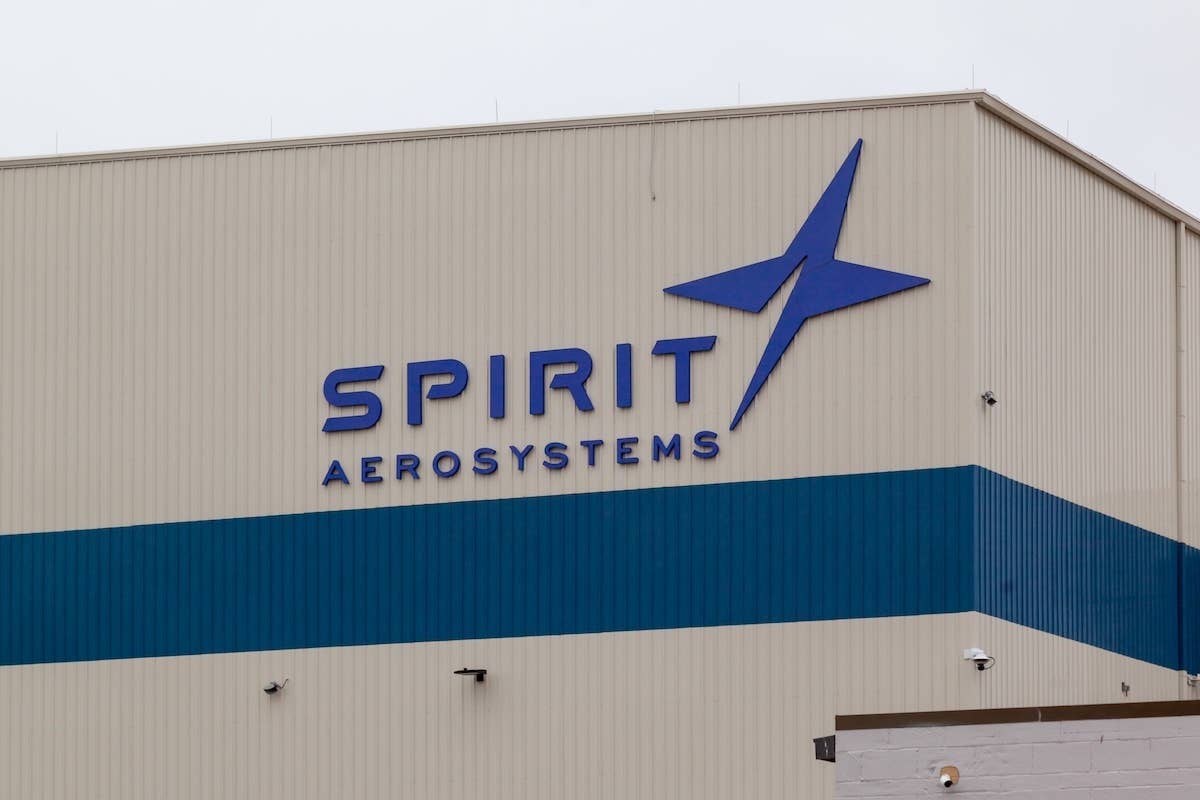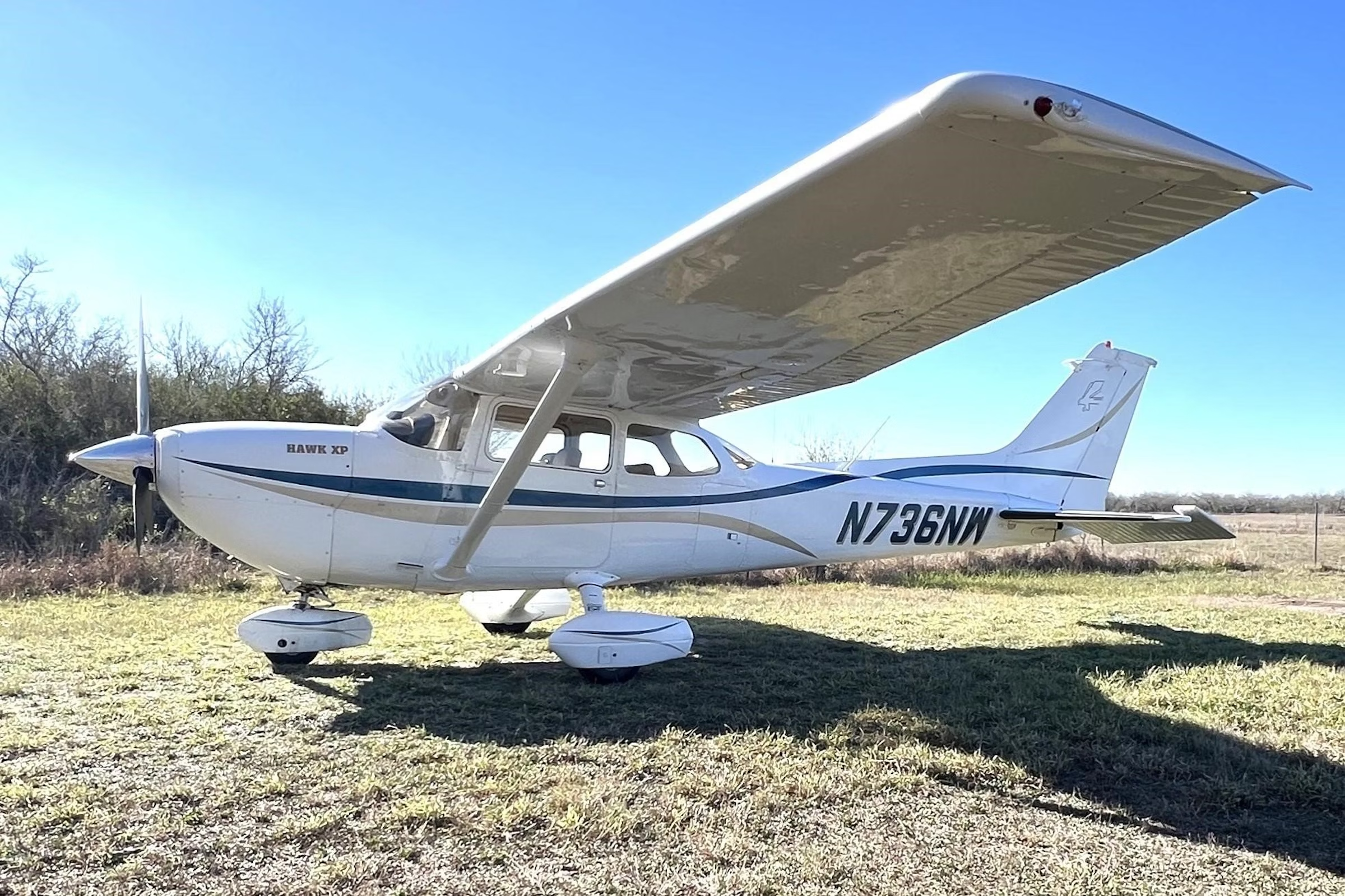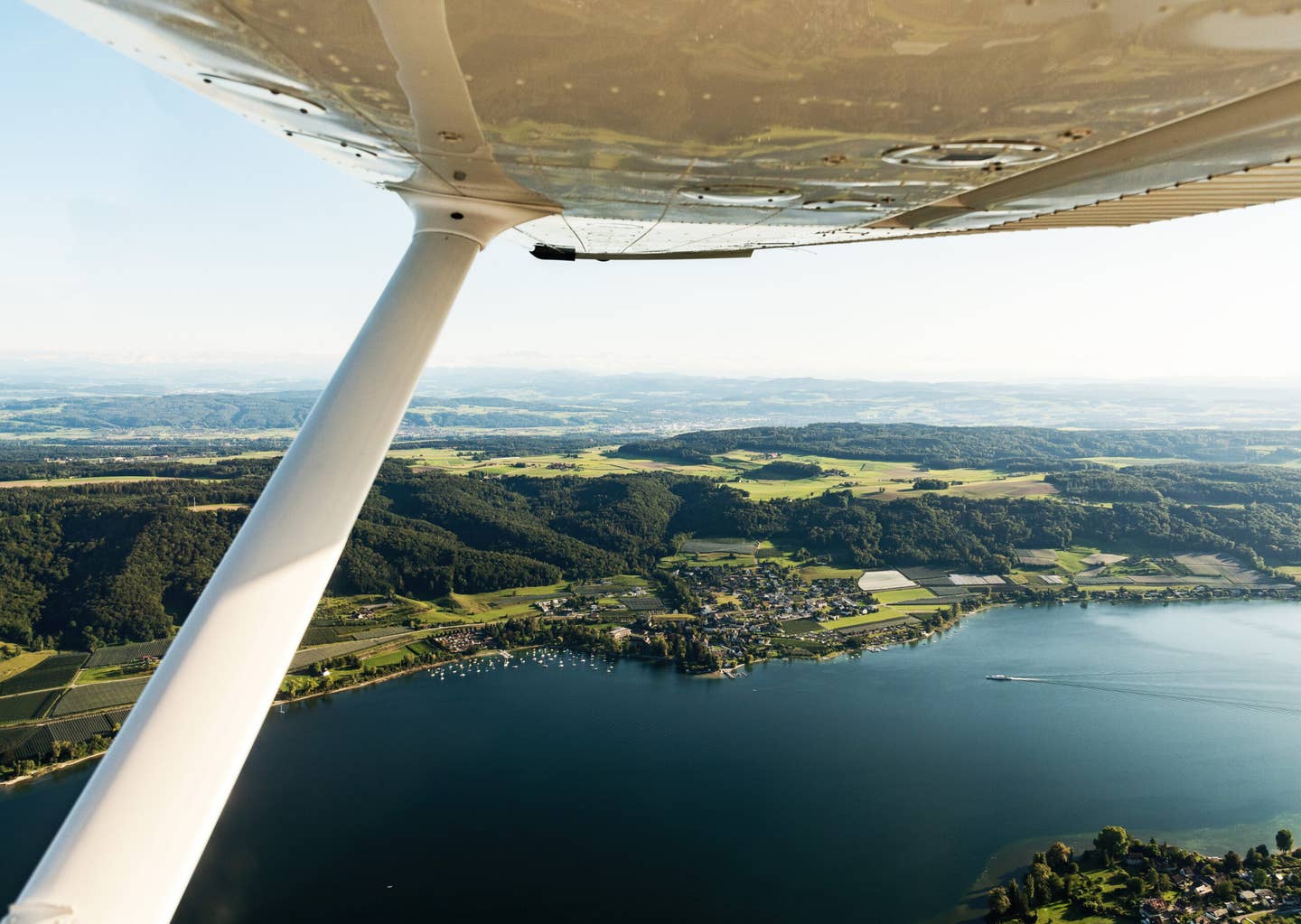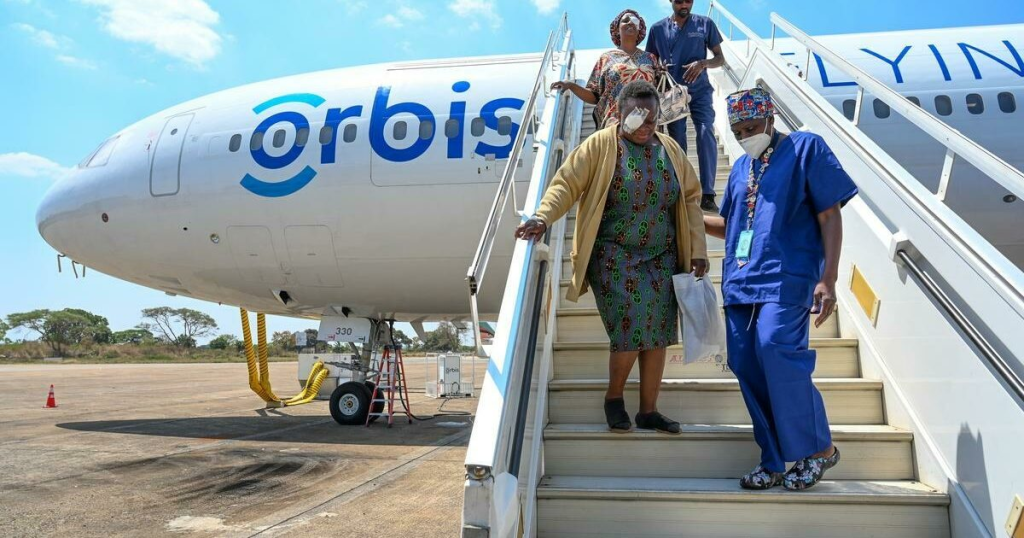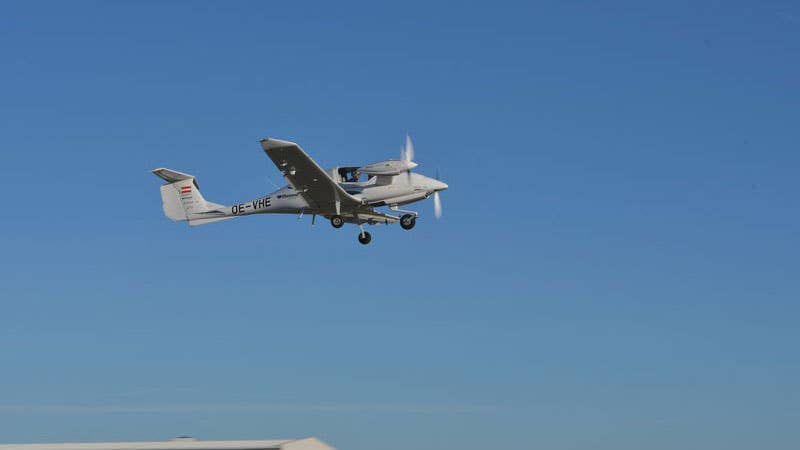
Diamond flew its hybrid-electric DA40 in Austria for the first time on October 31. Diamond Aircraft
Diamond Aircraft Industries GmbH in collaboration with Siemens AG has flown a multi-engine hybrid-electric aircraft at Diamond's headquarters in Wiener Neustadt, Austria, a milestone that the lightplane manufacturer says will help keep the future of flying sustainable.
Diamond’s aim is to develop “highly efficient” hybrid drive systems that will contribute to a dramatic reduction in aircraft fuel consumption, and thereby protect the environment. The main objective of Diamond’s collaboration with Siemens is to develop a light twin that has a lower fuel consumption and noise footprint compared with traditional piston airplanes.
To demonstrate the serial-hybrid technology, a DA40 was reconfigured to support a hybrid electric powertrain with one combustion engine powering two independent electric drive systems consisting of an electric motor, battery and inverter each. The demonstrator is able to takeoff in full electric mode to reduce noise close to the ground. Once in cruise flight, the diesel combustion engine is turned on to power the batteries that drive the electric motors.
Two electric motors have been added on a forward canard, which combined can generate 150kW of takeoff power. The diesel generator is mounted in the nose of the aircraft and can provide up to 110kW of power. Two batteries with 12kWh each are mounted in the rear passenger compartment and act as an energy storage buffer.
With a dedicated power lever, the pilot can control the energy flow between the generator, batteries and motor. The pilot can select either pure electric mode (generator off), cruise mode (generator provides all power to the motor), and charge mode (generator charges the batteries). Pure electric, the aircraft has an endurance of approximately 30 minutes, Diamond says. The hybrid system extends this to five hours.
“This is the first flying testbed that allows to gain experience with a hybrid propulsion system built up of one genset and multiple electric motors and a system architecture with distributed drives,” Diamond said in a statement. “The redundant architecture of the propulsion system with two electric motors operating independently allows for increased plane safety. Moreover, in this set-up energy production, energy storage and thrust generation are locally separated – this concept of distributed propulsion will enable aircraft designers to think in new directions at the very beginning of the process of design.”
It is the first serial-hybrid electric airplane in the world with two electrically powered free-stream propellers and one combustion engine. “A distributed propulsion architecture opens entirely new possibilities for the design of highly efficient planes – and we have now proven its technical feasibility,” said Dr. Frank Anton, Executive Vice President eAircraft at Siemens AG.
The project, started in 2013, is driven under the supervision and finance of the Bundesministerium für Wirschaft und Energie (BMWi, German Ministery of Economics) and the Bundesministerium für Verkehr, Innovation und Technologie (BMVIT, Austrian Ministry for Transport, Innovation and Technology). Siemens AG is responsible for the design and development of the electric powertrain while Diamond Aircraft is responsible for the reconfiguration of the aircraft and installation of the hybrid-electric powertrain. Diamond partnered with the TERA Group and the Johannes Kepler Universität Linz to develop the reconfingured DA40.
During the 20-minute first flight on October 31, the aircraft demonstrated all modes of operation. This included pure hybrid, charging flight and full electric flight. In this last configuration, the aircraft was able to fly pure electric and produced zero emissions, Diamond said. A full electric takeoff was also demonstrated.
“The first flight exceeded all our expectations,” said Ingmar Mayerbuch, Head of Flight Test at Diamond Aircraft Industries Gmbh, who piloted the aircraft on its maiden journey. “The combination of the hybrid powertrain and the configuration of the aircraft is just perfect. We reached 130 knots at medium power output and climbed to an altitude of 3,000 feet.”
Future flight tests will determine the exact efficiency increase achieved in comparison to similar non-electric aircraft, as well as the noise footprint of the aircraft. Testing will also gather knowledge on the practical operation of hybrid aircraft. Different hybrid modes of operation will be tested and its effect on efficiency, range, and energy consumption will be determined, Daimpnd said.
“Serial-hybrid electric propulsion systems and distributed propulsion architectures for us are the key to a more sustainable flight future also in higher power classes,” Anton said. “The Diamond flying testbed will help us to understand the requirements for these new propulsion technologies and to be prepared for the challenges of larger-scale applications.”
This is not the first hybrid electric aircraft developed by a collaboration between Siemens and Diamond. In 2009, the successful implementation of a hybrid powertrain was demonstrated in the DA36 E-Star. That initial project, Diamond noted, showed the opportunities hybrid technology has in aviation. Learnings from this project were taken and used to improve the propulsion systems over the last few years. This learning step was important and lead to the success of this project.

Sign-up for newsletters & special offers!
Get the latest FLYING stories & special offers delivered directly to your inbox


